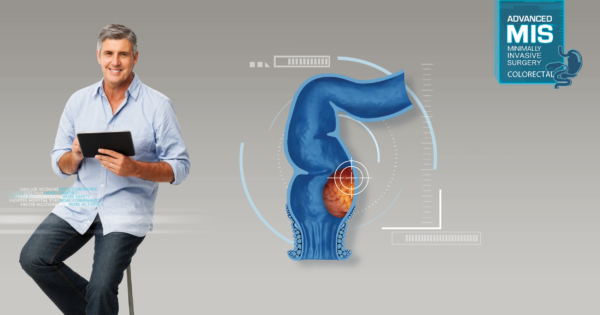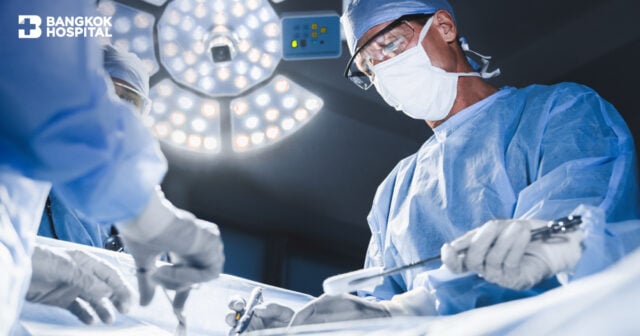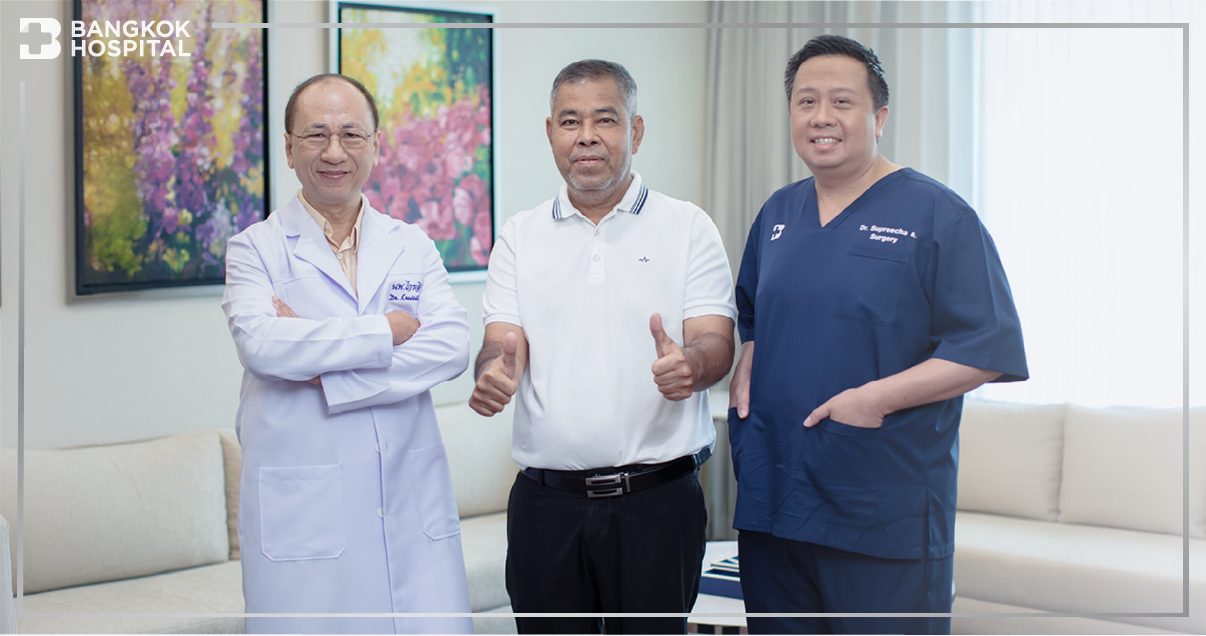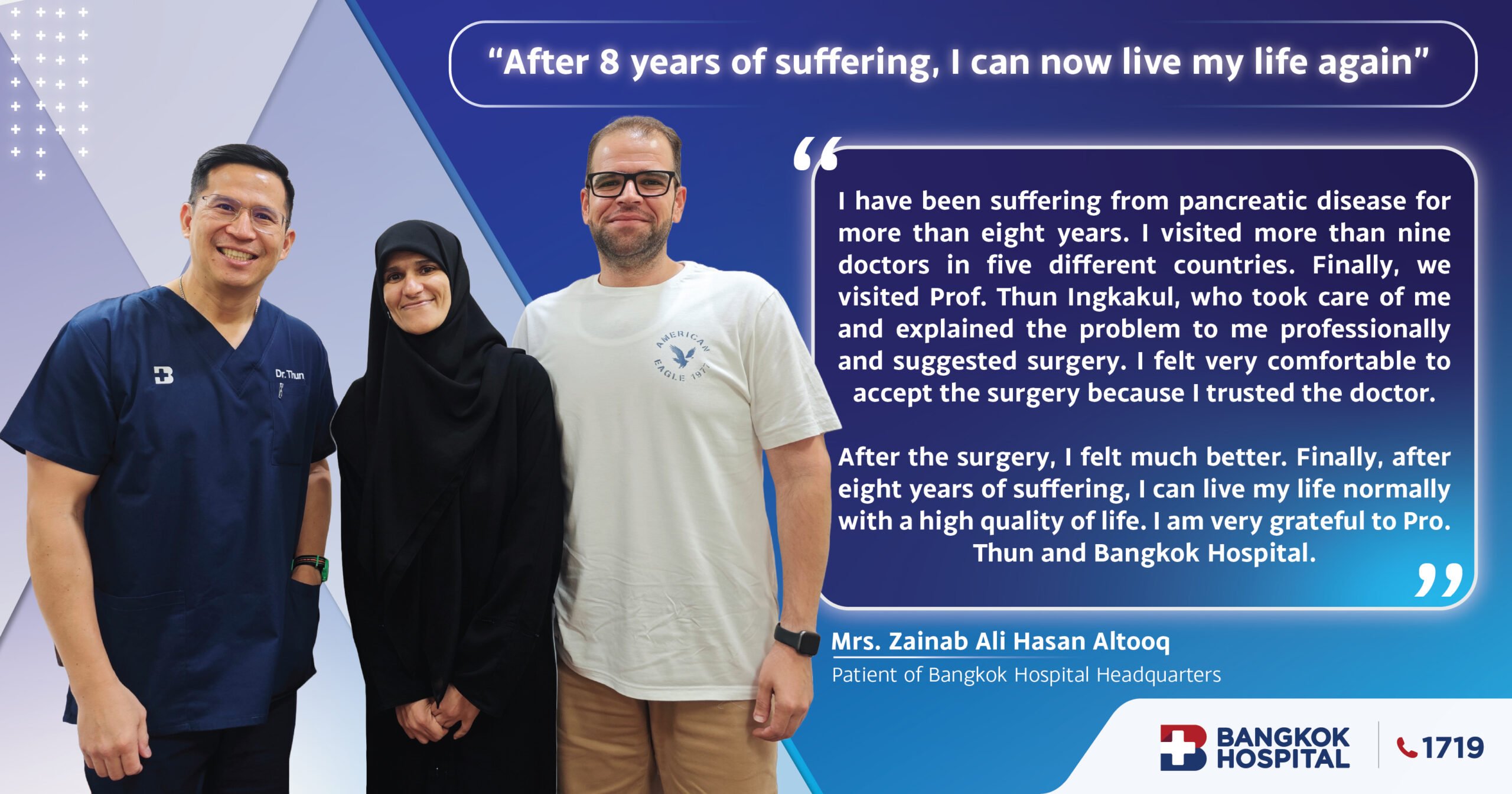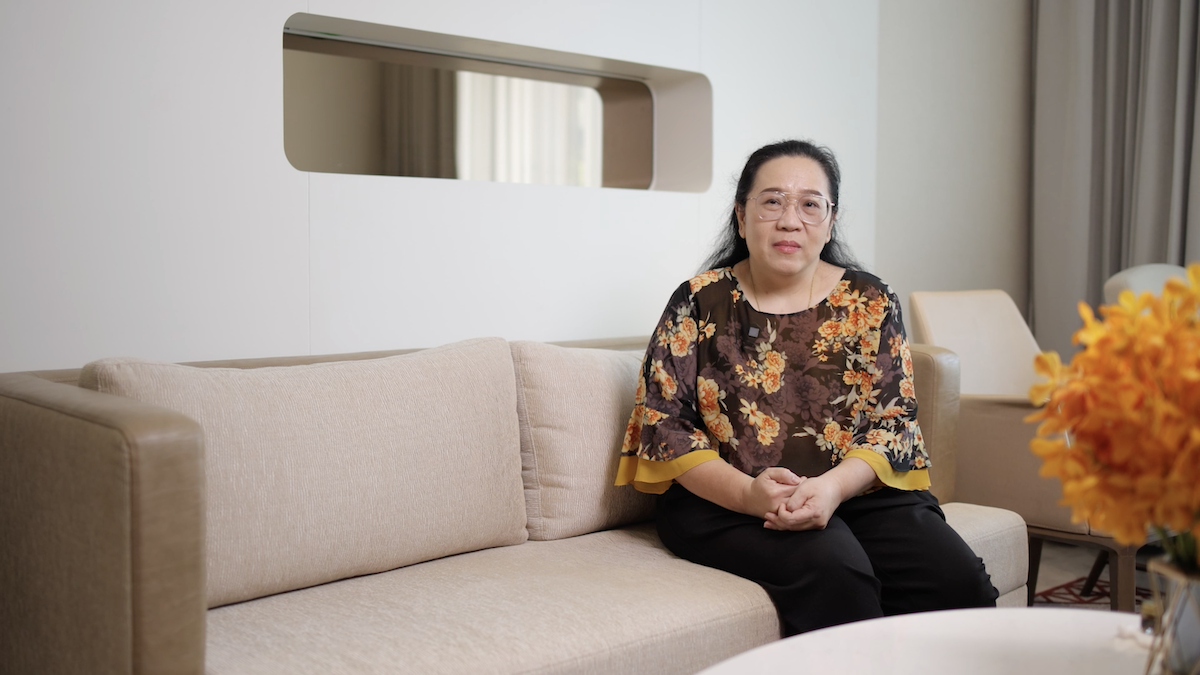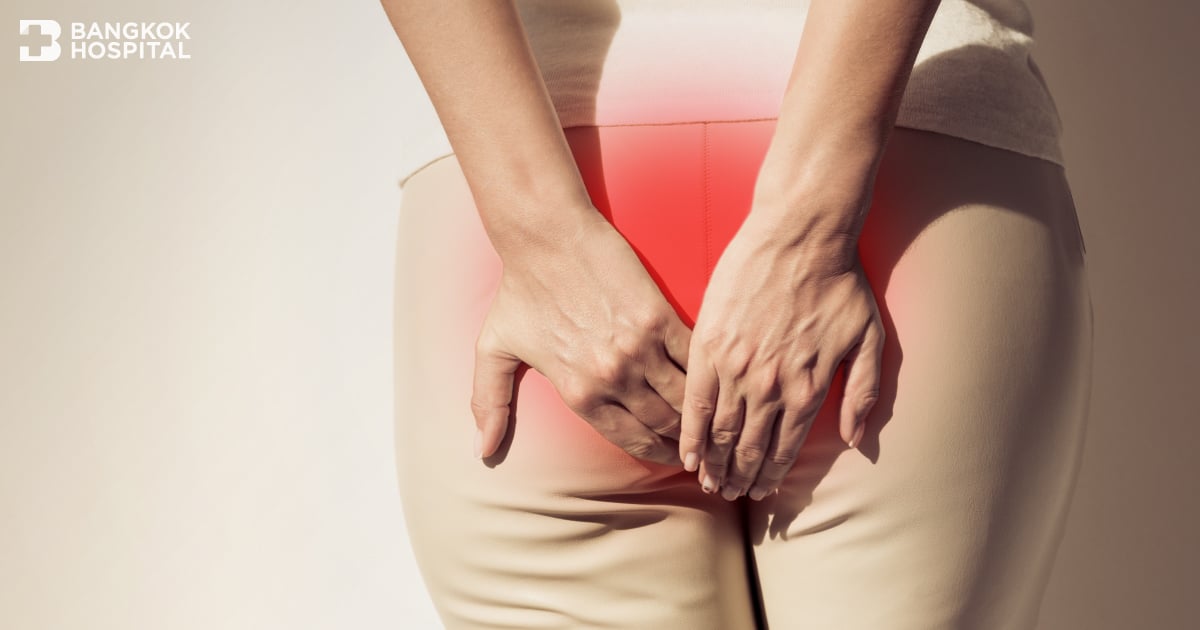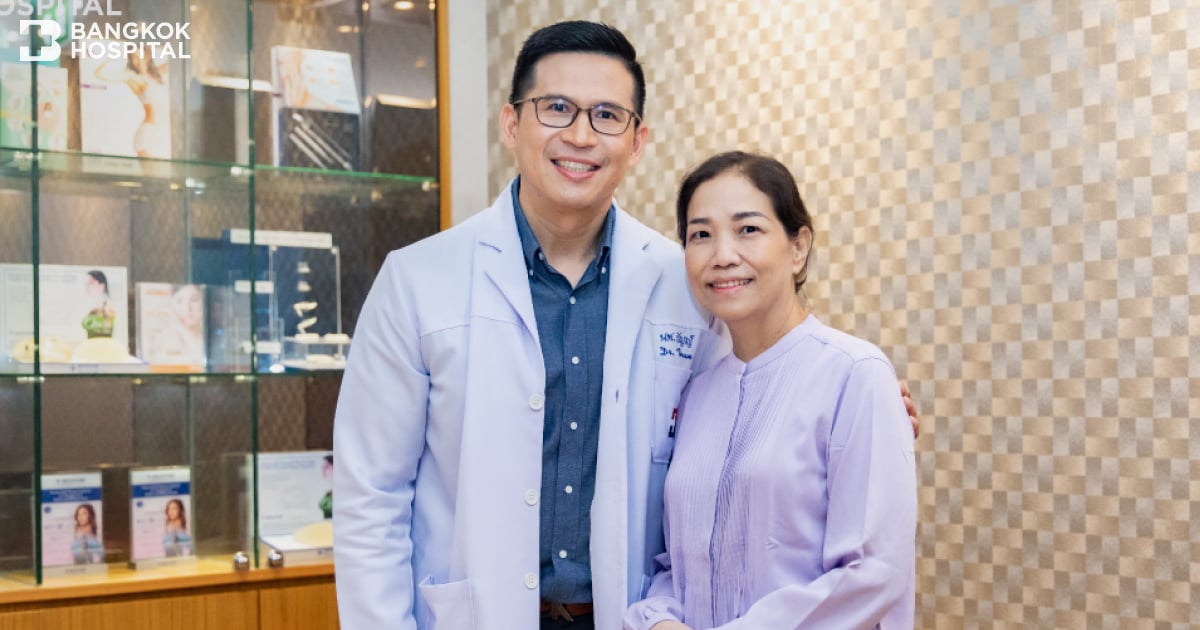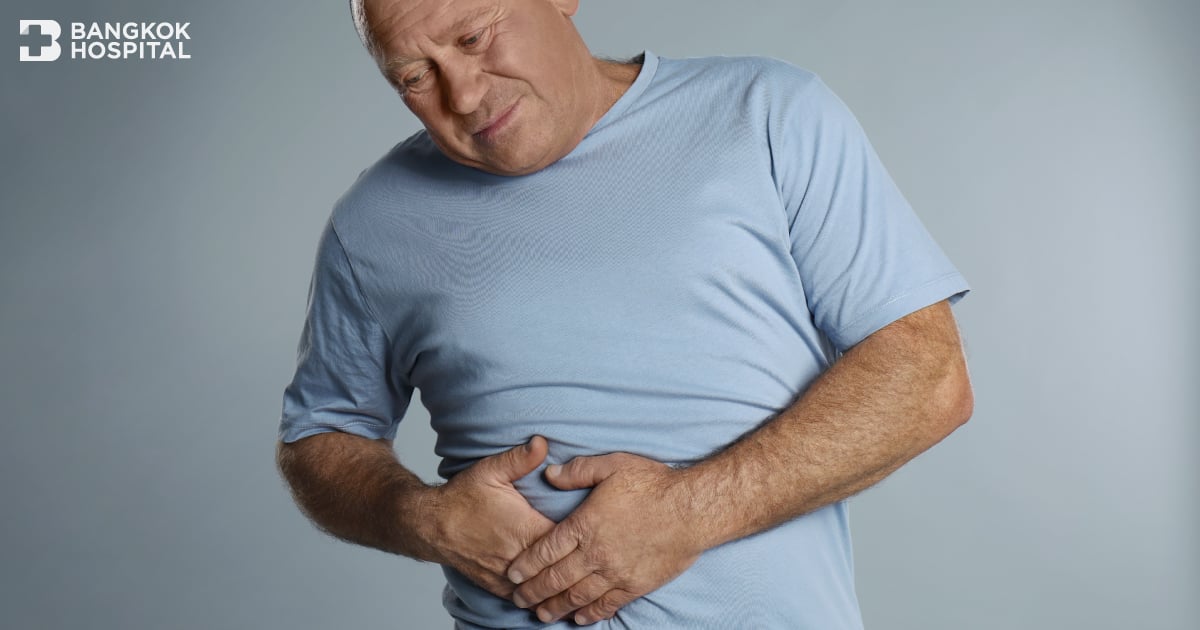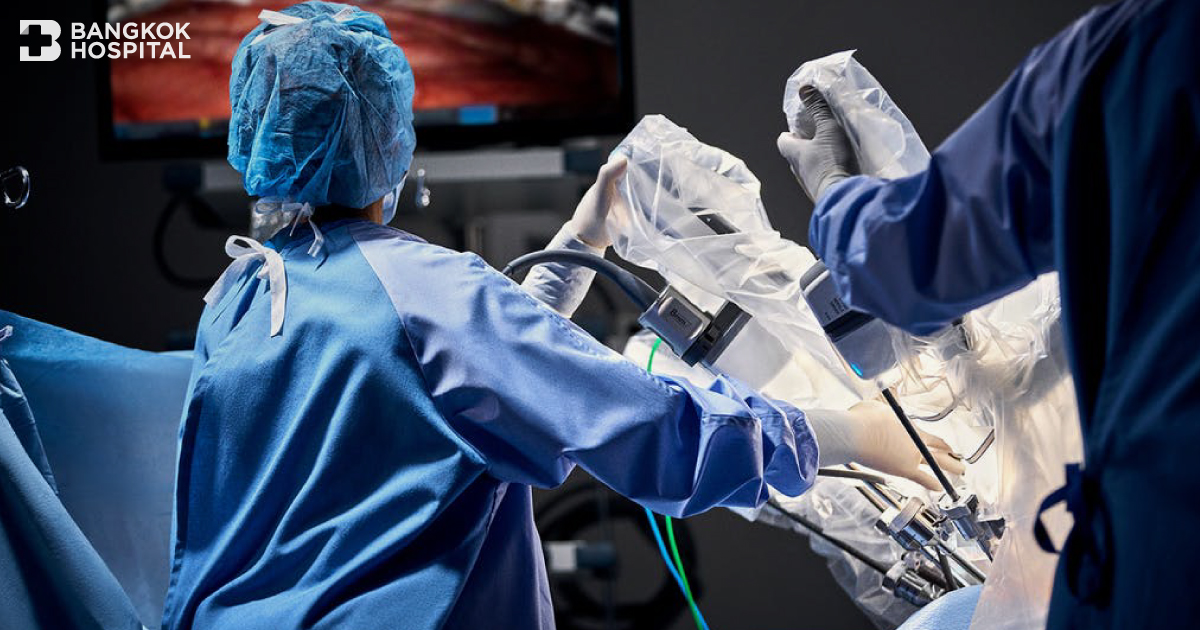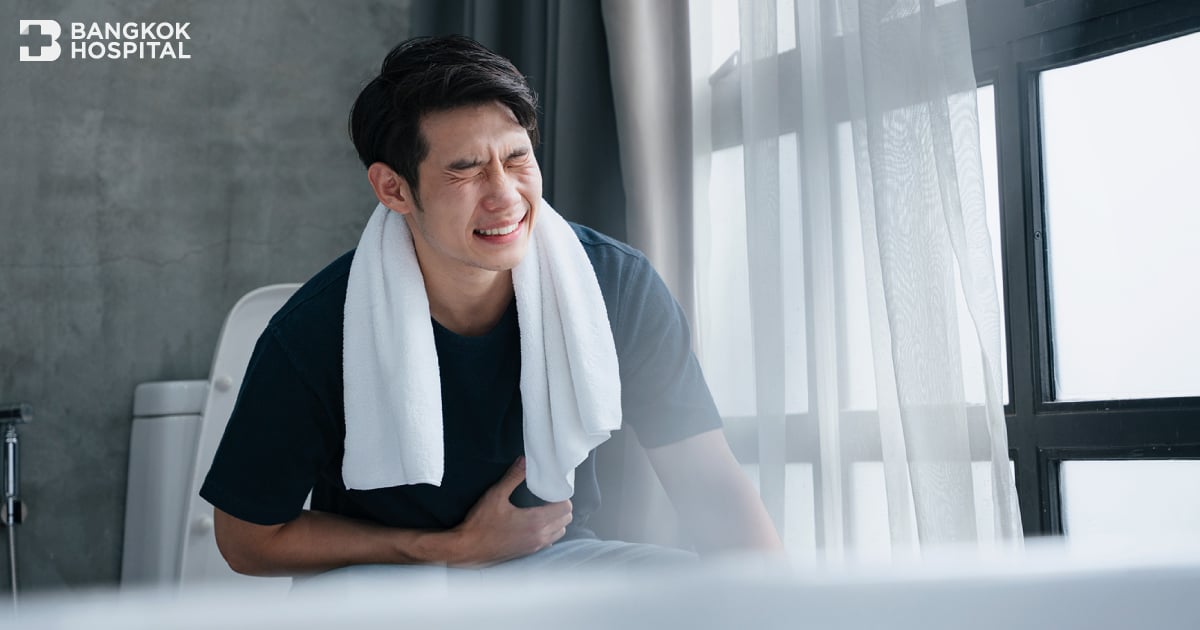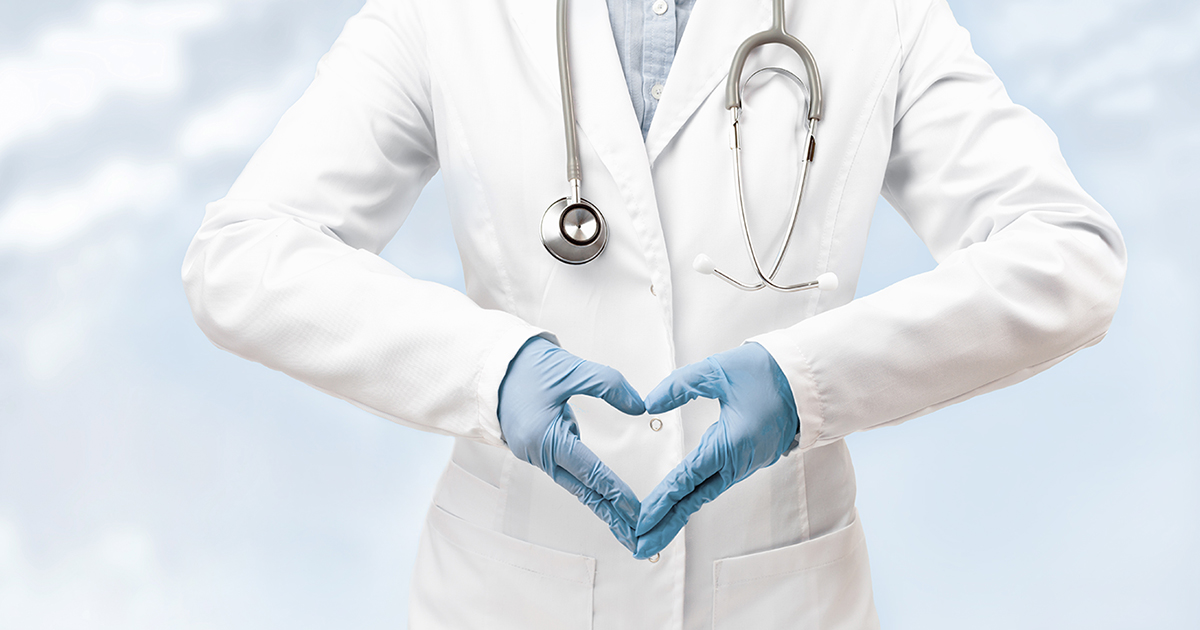
Standard guidelines for abdominal procedures during COVID-19 pandemic
Emergency care during the pandemic
Amidst the global crisis of COVID-19, preventive measures and safety precautions aiming at confining disease transmission are strictly imposed. Although certain restrictions are in place, as a matter of course, emergency conditions can inevitably occur to anyone at anytime. Abdominal diseases, among the most common emergency conditions, often urge the patients to seek immediate medical assistance. These conditions include acute abdominal pain, gallstones, acute cholecystitis (inflammation of the gallbladder), acute pancreatitis and acute appendicitis.
Warning signs and symptoms
Abdominal emergencies are typically present with sudden abdominal pain. The locations and characteristics of pain or symptoms can briefly guide for the abdominal conditions, for instance:
- A sudden, sharp pain in the upper right side of the abdomen or epigastric region may potentially indicate gallbladder diseases, acute cholecystitis, acute pancreatitis, peptic ulcer with serious complications, such as perforated peptic ulcer.
- Pain in the lower right side of the abdomen may potentially indicate acute appendicitis, irritable bowel syndrome, inflammatory bowel disease and inguinal hernia with tissue bulges that cannot be pushed back.
- Jaundice presenting with yellow discoloration of skin and white eyes may suggest hepatobiliary diseases often caused by bile duct obstructions. If they are left undetected or untreated, life-threatening conditions can substantially develop. These conditions are bile duct tones, pancreatic tumors, bile duct tumors, liver tumors and multiple or large gallstones which leads to compression of the common bile duct.
- Patients can receive OPD services as usual. However, the hospital has imposed restrictions and preventive measures in order to prevent viral transmission at all contact points. Screening points are available at all entrance and exit gates.
- Patients who have had a close contact to suspected/confirmed cases or who have respiratory symptoms, service areas are isolated from regular OPD clinics, allowing for safety to other visitors.
- During physical examination, droplet exposure can be caused by coughing, sneezing or talking. Therefore, droplet precautions are strictly followed by physicians. Besides having a frequent handwashing, protective equipment, such as surgical masks, face shields and gloves need to be worn at all times. The patients are required to wear a face mask while receiving services.
- Telemedicine services are readily available through Bangkok Hospital Delivery Services. Services also include in-home blood collections and drug delivery.
- In case that surgery is indicated, all patients and relatives are compulsorily required to get COVID-19 testing through oral and nasopharyngeal swabs. Preventive protocols will be imposed in accordance with the testing results.
Laparoscopic abdominal surgery during the COVID-19 pandemic
Laparoscopic surgery poses superior advantages over conventional surgery. Considered as a minimally invasive surgery, laparoscopic surgery allows a surgeon to access the inside of the abdomen without making make large incisions in the skin. Operation can be precisely performed through small incisions, sized 5-12 mm. Significant benefits of laparoscopic surgery appear to be smaller incisions, less pain, less blood loss and fewer postoperative complications, enabling a faster recovery time, shorter hospital stay and a quick return to daily lives.
Ensuring the highest degree of safety during the COVID-19 crisis, laparoscopic surgery at Bangkok Hospital can be conducted under strict surgical and disease control policies, including:
Facilities and operating rooms
- Air flow in the operating room has been designed to create positive pressure in the operating room relative to areas outside to prevent the entry of common pathogens that can cause contamination while operating. Positive pressure ventilation as prevention strategy has been deployed throughout the surgery. The air exchanges per hour are adhered to an international standard.
- If surgical smoke is produced by electrosurgery, laser tissue ablation or other surgical techniques, smoke will be evacuated by using special filters that are able to sieve viral and other pathogen particles. By doing so, patients and medical staff can be assured their safety during surgery.
- Temperature and humidity in the operating room are well controlled in order to suppress the growth of microorganisms.
- Before procedures begin, all surgical equipment and devices are disinfected and sterilized. Terminal cleaning is performed after sufficient number of air changes has removed potentially infectious particles.
- In patients infected with COVID-19, surgery can be performed in separate operating room with negative pressure.
Postoperative care in cohort ward
Patients without COVID-19 will be hospitalized in regular wards as appropriate. However, in some cases that COVID-19 is confirmed or suspected, patients are required to stay in cohort ward to minimize the chances of viral transmission. While hospitalizing, all preventive measures must be strictly complied with. If necessary, some patients might need to get COVID-19 testing before being discharged.











